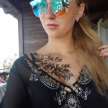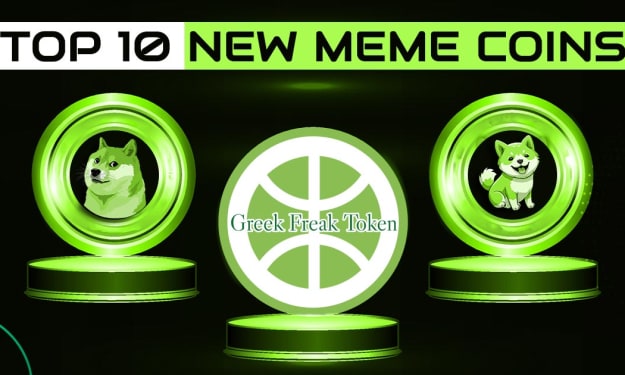Unveiling the Future of Digital Art with NFTs
Mechanics of NFT Transaction

In the dynamic realm of digital art, a groundbreaking innovation has taken the stage – the Non-Fungible Token, or NFT. These unique digital assets are reshaping the landscape of digital creativity, but their nature and impact remain a topic of intrigue and exploration. In this article, we will delve into what NFTs are, how they are revolutionizing the digital art world, and the broader implications of this burgeoning market. Join us as we navigate the intricate development of NFTs and their role in the future of digital asset management.
Understanding NFTs
Digital tokens are like unique keys that show who owns a specific piece of digital stuff, like art, music, videos, or special things, all on a computer system called blockchain. Unlike regular digital money such as Bitcoin or Ethereum, which you can trade one for one, NFT are each one-of-a-kind and can't be copied or cut into pieces. For instance, if you have a digital painting or a rare video clip, it can be turned into one of these special tokens.
The market for these special digital things has grown a lot lately. It's all because of new technology, not having a lot of these digital things around, and more and more artists and collectors getting interested. This growth has given artists a way to make money from their digital creations. They can get help from experts in digital money to turn their work into these special tokens and sell them online. Collectors like these tokens because they're unique and can be valuable. They can buy, sell, and trade them without needing a middleman.
How it works is pretty simple. When an artist makes something digital and wants to sell it as one of these special tokens, they do it with the help of crypto consulting service. Think of it like this: they create a digital certificate that says who owns the thing, and they put it on the blockchain. This certificate comes with some extra details about the thing, like its name, who made it, when it was made, and who owned it before.
Key Components of the NFT Market
Various platforms, such as OpenSea, Rarible, and Foundation, have become popular marketplaces for buying, selling, and trading NFTs. These platforms host a wide array of digital artworks, catering to diverse artistic tastes, from traditional illustrations to virtual reality experiences.
Celebrities, musicians, and brands are increasingly leveraging NFTs to engage with fans and monetize their digital presence. Through NFTs, they offer unique digital experiences, exclusive merchandise, and virtual concerts, enhancing fan interactions and offering new revenue streams.
In the gaming world, NFTs have introduced innovative ways to own and trade in-game assets. Games like Axie Infinity and Decentraland have incorporated NFTs into their gameplay, creating new economic models within the gaming industry.
The Future of Digital Art
The NFT market's evolution is not just a fleeting trend but a paradigm shift in the digital art landscape. NFTs are more than just a new way to buy and sell art; they represent a fundamental change in how artists connect with their audience, maintain control over their work, and access new opportunities for revenue.
In traditional art markets, artists often rely on galleries and institutions to showcase and sell their work, which can limit their exposure and control over their creations. NFTs, however, empower artists to bypass these traditional gatekeepers, offering a direct line to a global audience. This democratization of art distribution has the potential to diversify the art world, giving rise to voices and styles that might have otherwise gone unnoticed.
Moreover, NFTs introduce a new economic model for artists. Through blockchain technology, artists can receive royalties automatically every time their work is resold, ensuring ongoing compensation for their creativity. This is a stark contrast to the conventional art market, where artists typically benefit only from the initial sale.
The impact of NFTs extends beyond individual artists to the broader art community. NFTs are fostering a more inclusive and participatory art culture. Enthusiasts who might not have engaged with traditional art collecting are drawn to the accessibility and novelty of NFTs. This expansion of the art market could lead to increased appreciation and support for artists worldwide.
However, the NFT space is not without its challenges. Issues like environmental concerns due to the energy consumption of blockchain technology, the volatility of the crypto market, and the need for more robust legal frameworks for digital ownership are areas requiring attention and improvement. As the market matures, addressing these challenges will be crucial for the sustainable growth and acceptance of NFTs in the art world.
In conclusion, as we look towards the future, NFTs are poised to continue reshaping the digital art world. Their ability to redefine artist-audience relationships, alter traditional economic models in art, and broaden the scope of what constitutes collectible art is not only exciting but indicative of the ongoing digital revolution in the creative sphere. As these technologies evolve and adapt, they promise to bring about even more profound changes in how we create, distribute, and value art in the digital age.






Comments
There are no comments for this story
Be the first to respond and start the conversation.